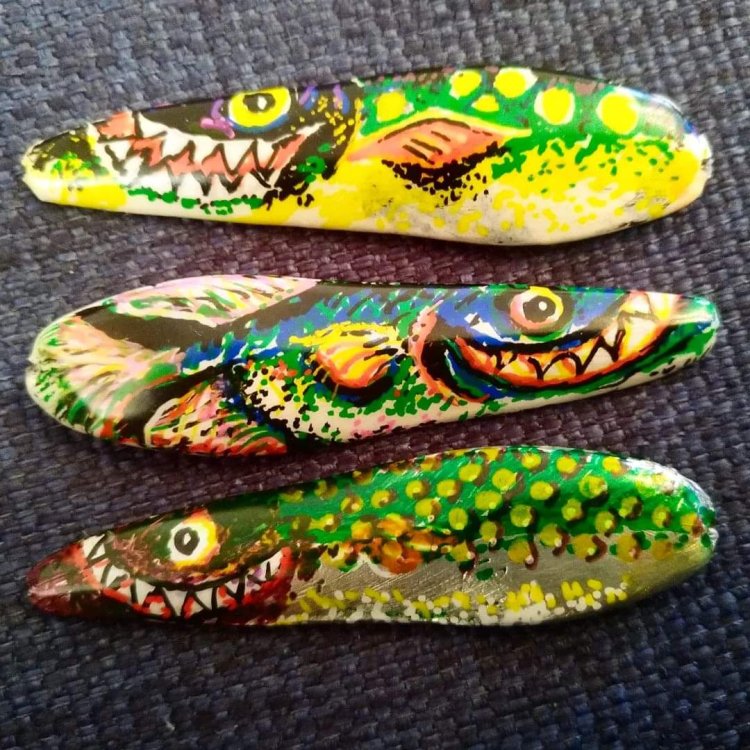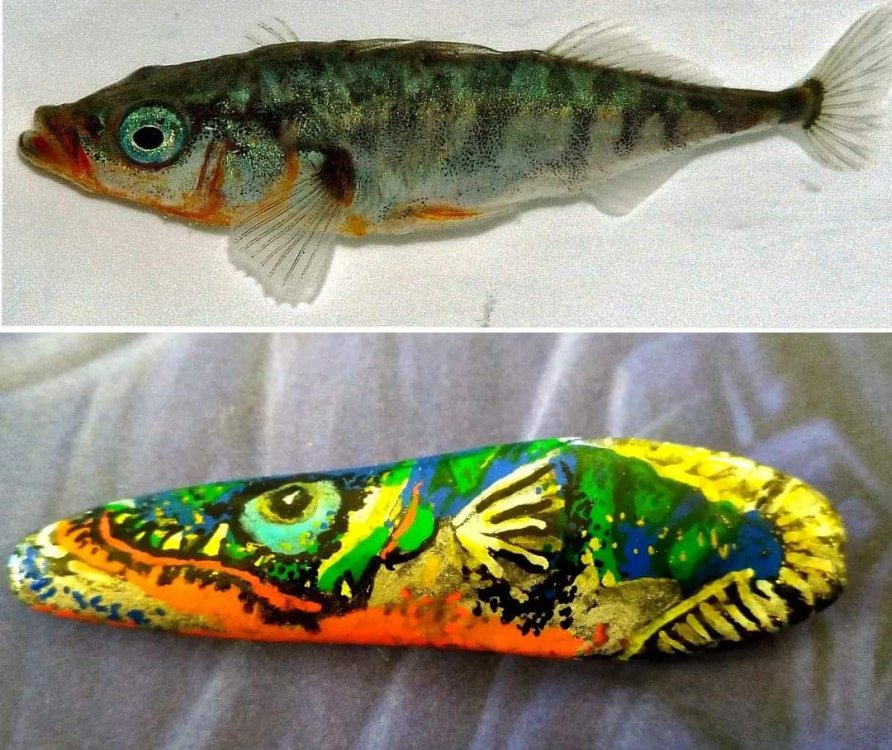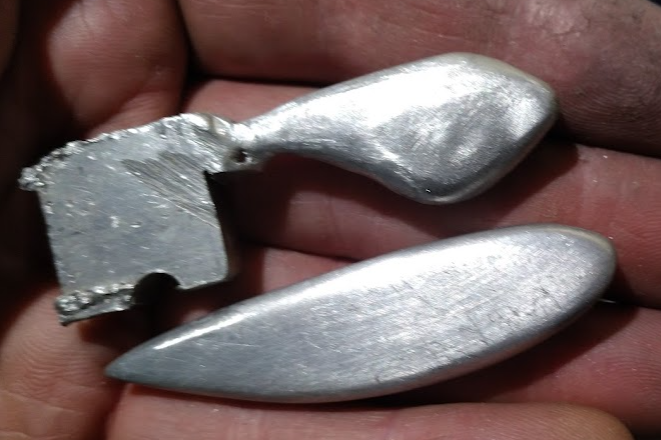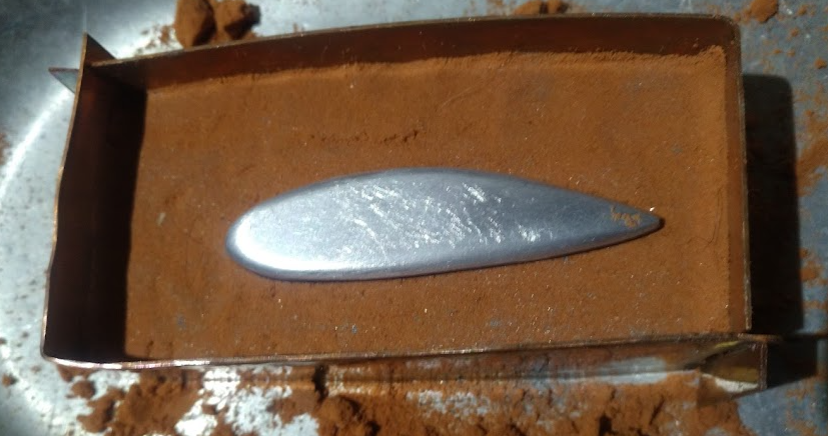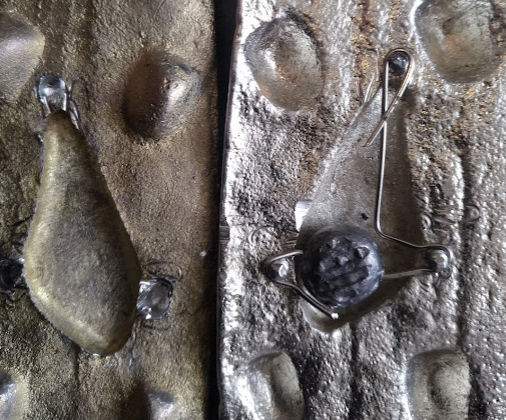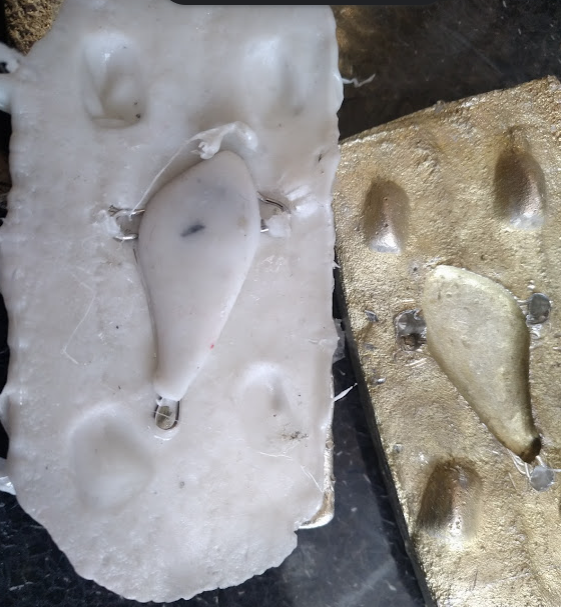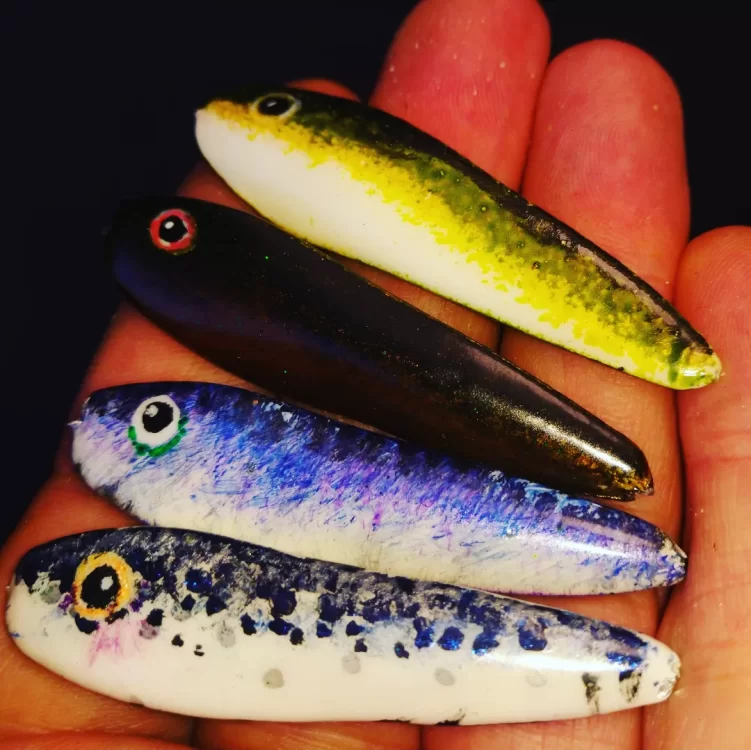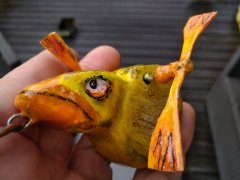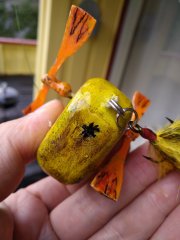
Norwegian
TU Member-
Posts
48 -
Joined
-
Last visited
-
Days Won
2
Content Type
Profiles
Articles
TU Classifieds
Glossary
Website Links
Forums
Gallery
Store
Everything posted by Norwegian
-
Thanks. I figured the fair thing to do was letting the fish decide
-
Being very much into baits for a long time I have spent a lot of time trying to make a bait sauce that stick well to soft baits and do work. I am slowly getting closer and I have been testing it from my boat with an underwater camera. I would really appreciate your views on what you see. I would also like to hear if you have experience with similar products. (I am NOT selling this product and it is by no means finished) Video
-
I paint metal lures and have used the Posca markers These are expensive but have very high pigment density (if that is the correct term) I do clear coat after.
-
I video a lot and find that on days when the fish are bit finicky most species check the bait. Never tested it on bass thou, but this video I made show a variety of fish taking bait carefully. I use a bait sauce (self made) on one lure and an identical lure without the sauce. They definitely prefer the sauced bait, at least when the bait move slow. They even bite or push the plain bait before going for the tastier option. When it's full speed they often just hammer it. Sauce on the left bait from the start and on the right bait from 02:24
-
I am 100% sure scents/taste can make a difference. However I make my own. I am sorry I can not give a recipe as I may go commercial on this. It is however a combination of many different substances and I have worked with different smelly baits for years so I have access to a lot of weird stuff. This I have posted earlier, there is a sauce on the soft bait to the left and later in the video on the hard bait to the right: Here there is two identical soft baits, sauce on the right. It seems like it works especially well for the more sceptical fishes.
-
Thermoplastic Polymorph/Moldit/Polycaprolactone
Norwegian replied to Norwegian's topic in Hard Baits
It melts/goes gooey at 58-60 degrees Celsius. Fins and tails sounds like a good idea, it's really tough even when the goods is thin. I need to try that too. -
Thermoplastic Polymorph/Moldit/Polycaprolactone
Norwegian replied to Norwegian's topic in Hard Baits
I will try to make a rough guide based on my method. I made it up as I went along so probably massive room for improvement. I just use the pictures I already got. Also, English is not my native language, so things may come out wrong. Any questions, just ask. I made the molds out of tin/pewter as I melt old bowls and plates for some other lures. And I wanted the molds to be able to take some pressure without deforming. Also I left my silicone out in freezing conditions and fear it might not cure. Since the mold is made from metal at 230+ Celsius i made the masters from aluminium. Just hacksaw, files, sanding paper and patience. I also tried with a master of wood, it was very dry but it didnt work out at all. It emitted steam and got all bubbly and made a hole through the mold. It could probably be dangerous too. To make the molds I used molding sand, built a frame of some copper sheet, buried the master half way and poured molten tin over it. Then I turned it over, removed the sand and sprinkled talc powder over to keep the metal from sticking. Not sure if it is needed. Then another layer poured from the other side. After cooling the layers was easily separated and the master was not very hard to get out. In the first mold I did not make any bumps to make help aligning the two parts, but I did on the second: I also drilled some holes and fit in some screws to help out fixating the wire. Heads was removed with hacksaw, and I drilled holes in the opposite part to make room for the screws. To make the bait I melt the plastic in warm water, I also throw in the molds. I first fill the one with the wire, the attach the wire and lead. Next I fill the other mold and put them together. I use a screw clamp to squeeze out the excess plastic. If the plastic gets too hard to squeeze the two molds properly together I just throw the whole thing back in the kettle and tighten some more. Cool the whole thing in cold water and remove the excess plastic with a sharp blade. It can be remelted several times. -
Thermoplastic Polymorph/Moldit/Polycaprolactone
Norwegian replied to Norwegian's topic in Hard Baits
Hi Dave, Thanks for useful input! 1 - Yes, it is too thick to pour. My solution so far has been to overfill both sides of the mold and clamp it together whilst hot. Some times emerged in hot water, if I am too slow. That way I don't get bubbles or voids. The metal mold holds heat well so it helps. I then cut away the excess plastic after cooling. (it can be re-melted, so hardly any loss) 2 - I don't really need air pockets for this bait, a sinking bait is fine. But if I was I was thinking about attaching floating, hard foam beads to the wire. 3 - I agree, not a method suited for production, but that's not my goal. I guess you could mold 8-10 baits per hour with this method if you really tried. Possibly more. Not that I am going try -
Thermoplastic Polymorph/Moldit/Polycaprolactone
Norwegian replied to Norwegian's topic in Hard Baits
I have used oven curing modeling clay like Fimo for masters. This is noting like that, the plastic cures in minutes and everything I make free hand tend to look like it is made from play-doh by a 2 year old. I did however make molds from tin/pewter and pressed the warm plastic in there, and it seems to work out ok. No idea how well it will last thou, but time will show. -
Thermoplastic Polymorph/Moldit/Polycaprolactone
Norwegian replied to Norwegian's topic in Hard Baits
Here is a good bit of information: https://poliplasticpellets.com/shop/polymorph-mouldable-plastic-pellets-62c-variant-friendly-plastic/ It is widely available on places like Amazon. -
Hi, has anyne used this for lure making? It is a plastic that gets moldable at relatively low temperature. I am just experimenting but it would be interesting to hear others experienses.
-
If all the airbrushed in the world suddenly got sucked into a wormhole...
Norwegian replied to Big Epp's topic in Hard Baits
This is how I do it without an airbrush. A combination of brush and various markers. It probably takes a bit more time than the airbrush but I like the look -
You can use porcelain paint. It comes as both paint and markers that may be good for dots. I use it on cast metal lures and cover with clear powder coat.
-
-
-
A solution to tacky uv resin... maybe
Norwegian replied to Hand Crafted Angling's topic in Hard Baits
I got a tip from a nail artist that you should just rub it off with alcohol. Seem to work but not sure if it will not go sticky again -
-
It said on the webpage it was safe to use and wuld not glue your hands together. https://modernistpantry.com/products/moo-gloo-rm-transglutaminase.html I have not used it much, just for fun to experiment. As seakarp wrote, it's called Moo Gloo.
-
Maybe you could try to add transglutaminase. It is an enzyme that binds proteins. It is available from those molecular cooking places. Also known as "meat glue"
-
Let us hear how you do! Since you are in UK there is lots of interesting options for taste/smell additives from the carp fishing bait industry.
-
Great project! You might try to add transglutaminase, often called "meat glue". It is used in "molecular cooking" and is available online from many places like eBay. Probably Amazon too. It is used to glue various meats, fish etc together. It will also make it more resistent to heat. Regarding citric acid, it may work both as an attractant and a deterrent depending on the fish species. Anything under 0.5 percent is in my experience ok for most, but this is the species in Norway.
-
As previous poster said letting the paint fully cure is important. I have coated metal lures with epoxy and powder coat over acrylic and other paints and if the paint is not fully cured it will gas. At least 24 hours in a warm place.
-
This gel is just on the outside of the bait. I think some of the additives used might be destroyed by the high heat of the plastisol.
-
Thanks, hope it's helpful. The fish are small saithe, not the pickiest of fishes. Still, it shows that smell and taste seem to make a difference.



